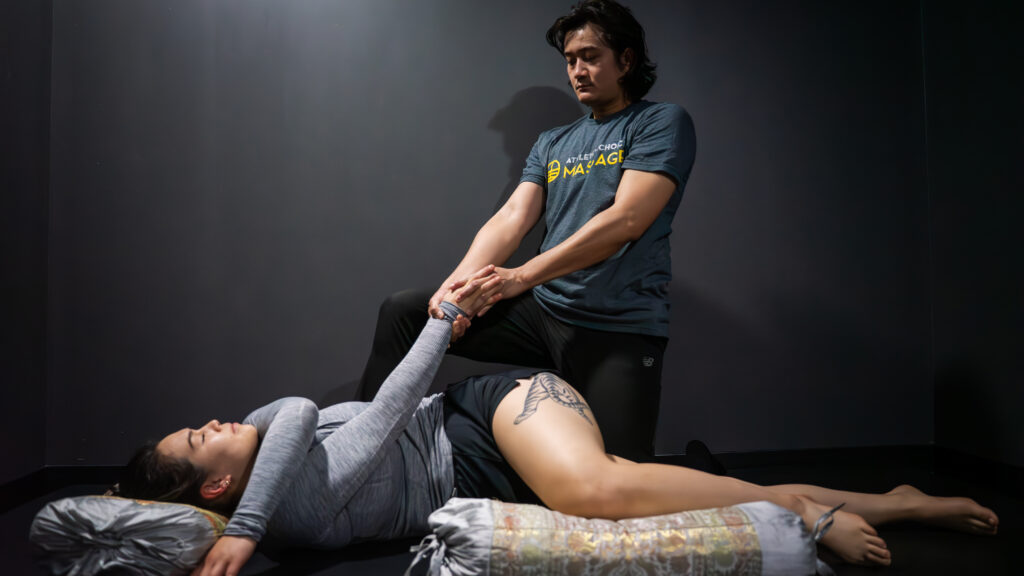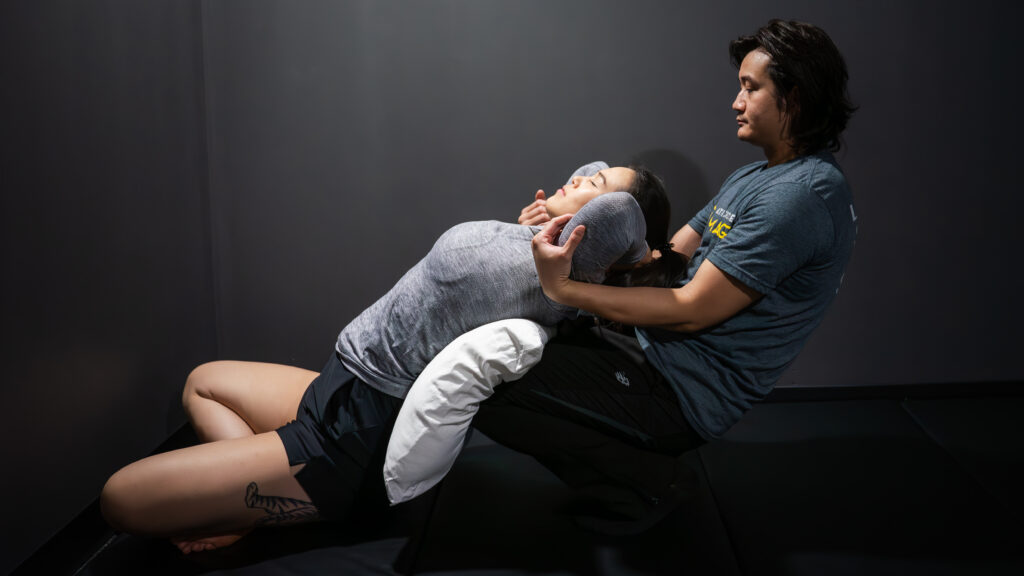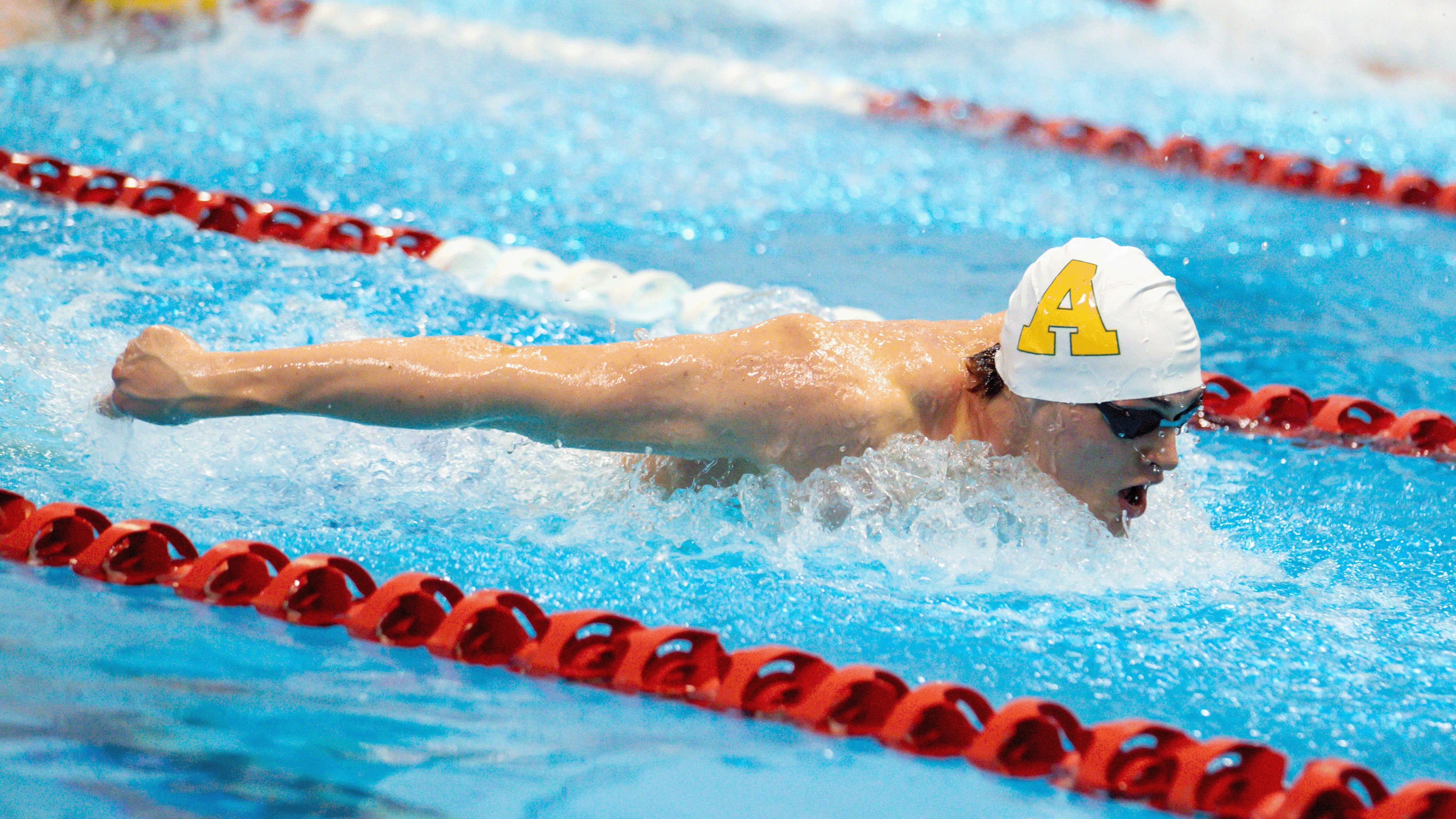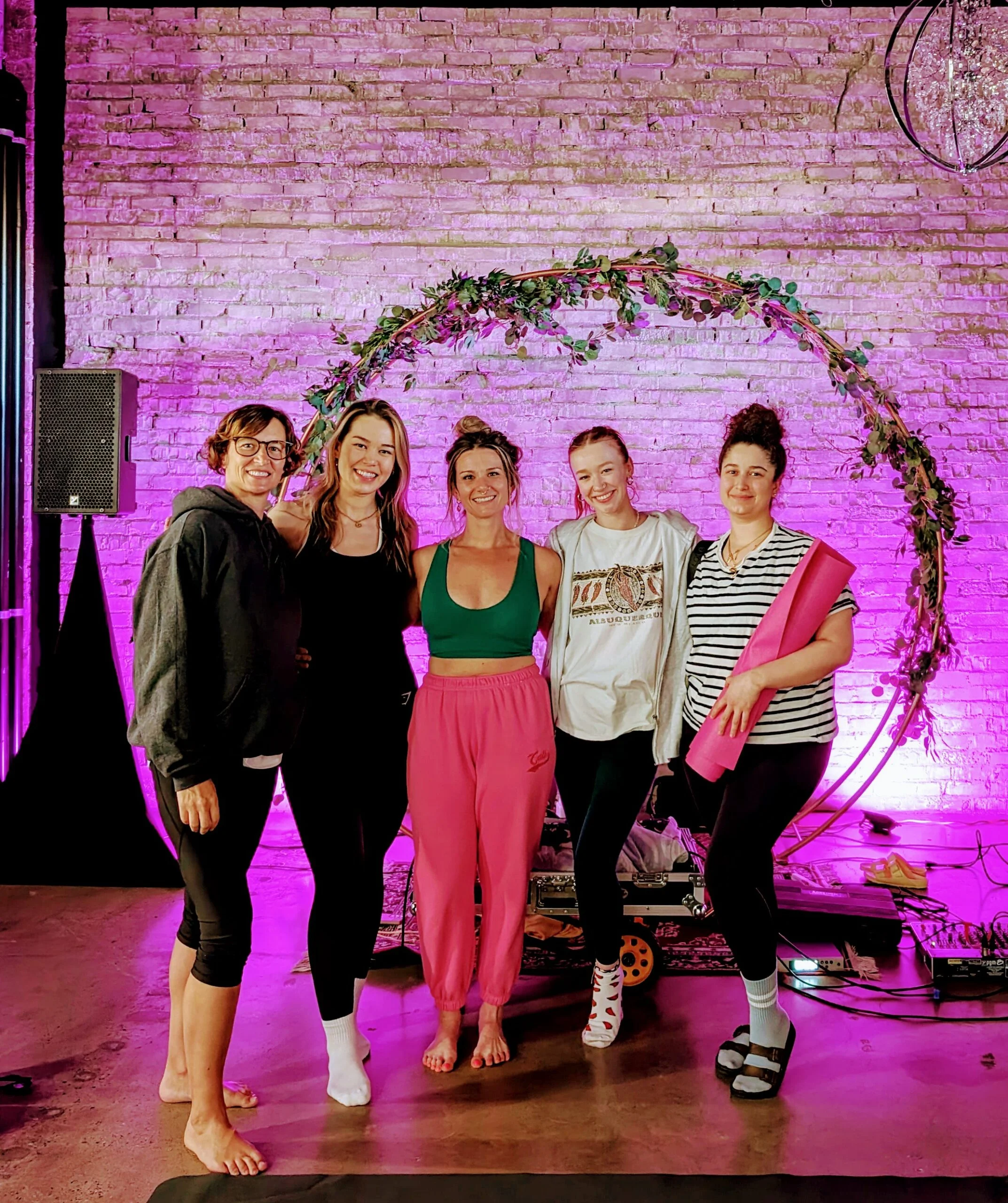Discover the Art of Thai Massage in Edmonton, also known as Nuad Thai or Thai yoga massage.
With its combination of acupressure, stretching, and energy work, Thai massage offers a healing experience that nurtures the mind, body, and soul.
Let’s explore the art of Thai massage in Edmonton and enjoy its numerous benefits.
The History of Thai Massage
Thai massage, also known as Nuad Thai or Thai yoga massage, is an ancient healing practice that originated in Thailand over 2,500 years ago.

It is believed to have been developed by Jivaka Kumar Bhaccha, a physician to the Buddha, and is based on the principles of Ayurvedic medicine and yoga.
It is deeply rooted in the belief that energy lines, known as Sen, run through the body, and by applying pressure and stretching techniques along these lines, blockages can be released, and the body’s natural healing abilities can be stimulated.
Other Names for Thai Massage
Thai massage is known by various names in different regions.

The traditional Thai name for Thai massage, translating to “Thai-style massage” or “Thai healing massage.”
| Alternative Names for Thai Massage | Definition/Explanation |
|---|---|
| Nuad Thai | Traditional Thai name for Thai massage, translating to “Thai-style massage” or “Thai healing massage.” |
| Thai Yoga Massage | Reflects the inclusion of yoga-like stretching and body movements in Thai massage techniques. |
| Thai Bodywork | Commonly used term in the United States to refer to the practice of Thai massage. |
| Thai Traditional Massage | Emphasizes the traditional aspect of Thai massage, highlighting its heritage and cultural significance. |
What techniques are used with Thai massage?
Thai massage incorporates a variety of techniques to promote relaxation, release tension, and improve overall well-being. Some of the key techniques used in Thai massage include:
Compression

- Rhythmic pressure is applied by hands, thumbs, elbows, or feet on specific body points.
- Aids in relieving muscle tension and enhancing energy flow.
Stretching
- Utilizes passive stretching techniques to gently lengthen muscles.
- Promotes flexibility and alleviates stiffness in the body.
Joint Mobilization
- Gentle movements and rotations targeting joints.
- Enhances joint mobility and reduces stiffness.
Acupressure
- Application of pressure on specific acupressure points along energy lines.
- Stimulates energy flow and fosters balance in the body.
Deep Tissue Massage
- Application of deep pressure to alleviate muscle tension and knots.
- Focuses on specific areas of discomfort for relief.
Energy Work
- Incorporates the concept of energy lines (Sen) for balancing energy flow.
- Aims to harmonize the body’s energy through diverse techniques.
What are the benefits of traditional Thai massage?
Thai massage is a traditional healing practice that originated in the Indian subcontinent and has been used for over 3000 years.
It combines elements of traditional Chinese medicine and Ayurveda from India to provide a holistic approach to wellness.
In Edmonton, Thai massage is gaining popularity for its numerous benefits for the body and mind.
Let’s explore some of the key benefits of traditional Thai massage.
Relieves Headaches
- Studies show Thai massage reduces the intensity of both migraine and tension headaches.
- Targets head, neck, and shoulder muscles to relax, enhance blood flow, and alleviate headache-related pain.
Reduces Back Pain

- Research in Thailand demonstrates Thai massage effectively reduces nonspecific low back pain.
- Participants experienced significant pain relief, especially targeting trigger points in the upper back.
Relieves Joint Stiffness and Pain
- Alleviates joint stiffness and pain by utilizing stretching and pulling techniques.
- Improves joint flexibility, mobility, and blood flow, reducing stiffness and discomfort.
Increases Flexibility and Range of Motion:
- Incorporates passive stretching to enhance flexibility and range of motion.
- Gentle body movements and stretches gradually improve overall flexibility.
Eases Anxiety
- Promotes mental well-being by inducing relaxation and reducing anxiety levels.
- Gentle stretches, rhythmic movements, and focused pressure help calm the mind and release tension.
Revives Energy
- Increases energy levels and mental stimulation through the stimulation of energy lines.
- Enhances vitality by revitalizing the body and mind, leaving you feeling recharged and rejuvenated.
What to expect during your Thai Massage
Thai massage is a unique and invigorating form of bodywork that combines stretching, acupressure, and deep-tissue massage techniques.
If you’re planning to experience a traditional Thai massage in Edmonton, here’s what you can expect during your session.
Active Participation
- Engagement: Active involvement as you remain clothed and lie on a mat.

- Yoga-like Stretches: Guided through various stretches and positions by the therapist.
- Deeper Engagement: Active participation enables a deeper level of flexibility and engagement.
Stretching and Pressure
- Techniques: Blend of stretching and targeted pressure on the body’s energy lines.
- Use of Body Parts: The therapist applies pressure using hands, elbows, knees, and feet.
- Sensations: Experience stretching, pulling, and gentle compression for muscle and joint work.
Full Body Treatment
- Comprehensive Approach: The entire body receives attention from head to toe.
- Focus Areas: Back, shoulders, arms, legs, and feet worked on for tension release and relaxation.
Customized Approach
- Personalization: Tailored to individual needs and preferences.
- Assessment: The therapist evaluates your body’s condition to adjust techniques accordingly.
Sensations and Reactions
- Variety of Sensations: Feel relaxation, stretching, and invigoration.
- Intensity: Some sensations may be intense but should not cause pain.
- Communication: Essential to communicate discomfort or pressure preferences.
Post-Massage Effects
- After Effects: Post-massage, expect relaxation, enhanced flexibility, and increased energy.
- Normal Responses: Temporary soreness or fatigue can occur due to deep stretching and pressure.
- Post-Care: Recommended to drink water and rest for full body recovery and benefits.
How Is Thai Massage Different From Other Forms of Massage?
When it comes to massage therapies, Thai massage stands out as a unique and invigorating practice that differs from other forms of massage.

Here are some key differences between Thai massage and other popular massage styles:
| Aspect | Thai Massage | Swedish Massage |
|---|---|---|
| Techniques & Approach | Combines acupressure, yoga-like stretching, and deep tissue massage techniques. Uses hands, elbows, knees, and feet for pressure and stretching. Focuses on energy flow, flexibility, and overall well-being. | Utilizes long sweeping strokes (effleurage), kneading (petrissage), tapping (tapotement), and friction. Emphasizes relaxation, reducing muscle tension, and improving circulation. |
| Clothing & Use of Oil | Fully clothed in loose-fitting attire provided by the studio. No oil used; therapist applies strokes, rubs, squeezes, and presses for tension relief and relaxation. | Typically requires undressing and lying on a massage table. Oil or lotion applied to the skin for smooth hand movements and reduced friction. |
| Body Positions & Stretches | Lying on a mat on the floor, therapist guides through yoga-like stretches targeting various muscle groups, enhancing flexibility and range of motion. | Usually involves lying on a massage table in prone or supine positions. Therapist focuses on specific muscle groups for relaxation and tension relief using diverse techniques. |
| Intensity & Sensations | Can be intense, especially during stretches and pressure point work. Some discomfort might occur initially but shouldn’t be painful. Therapist adjusts intensity based on comfort. | Generally employs lighter to medium pressure, aiming for relaxation and muscle soothing. Pressure adjusted per preferences and needs. |
| Cultural Origins | Rooted in ancient Thai healing traditions. Influenced by Chinese and Indian Ayurvedic medicine. Incorporates yoga, acupressure, and energy work. | Originated in Sweden, based on Western physiology and anatomy. Developed by Per Henrik Ling in the 19th century. |
Risks of Thai Massage
Thai massage is a popular form of massage therapy that offers numerous benefits for the body and mind.
However, like any form of massage, there are potential risks and considerations to be aware of.
Here are some key points regarding the risks of Thai massage:
| Consideration | Thai Massage |
|---|---|
| Medical Conditions | High blood pressure, diabetes, heart disease, osteoporosis, neurological diseases impacting the spinal cord, or coronary artery disease may require caution or contraindicated Thai massage. Consult a healthcare provider before the session if you have underlying medical conditions. |
| Pain or Discomfort | Involves intense techniques such as stretching, acupressure, and deep tissue massage, potentially causing temporary discomfort or pain, especially in sensitive areas. Communication with the therapist during the session is crucial to adjust intensity or modify techniques based on comfort. |
| Clothing and Comfort | Typically performed with the client fully clothed in loose-fitting attire. However, tight or restrictive clothing might hinder movement and cause discomfort. It’s important to wear clothing allowing ease of movement and communicate any discomfort to the therapist. |
| Pre-existing Injuries or Surgeries | Inform the therapist about recent surgeries or specific injuries to tailor techniques and avoid potential complications or discomfort during the session. |
| Allergic Reactions | Some studios may use oils, lotions, or herbal balms. If allergic or sensitive to these substances, inform the therapist beforehand to prevent allergic reactions. |
| Personal Sensitivities | Individual preferences and sensitivities to pressure or techniques vary. Communicate preferences and any concerns to the therapist for a comfortable and effective session. |
| Post-massage Care | Recommended post-massage care includes drinking water, resting, and avoiding strenuous activities. This aids the body in integrating the massage effects and prevents potential strain or discomfort. |
Conclusion
Thai massage in Edmonton blends massage, acupressure, and yoga-inspired stretching for a healing experience. Also known as Thai yoga massage, it enhances flexibility, reduces muscle tension, and promotes relaxation. During sessions, loose clothing is worn as therapists apply techniques to rebalance the body’s energy flow. Despite its benefits, individuals with certain medical conditions should be cautious. Communicating health concerns beforehand is crucial. Post-massage, prioritize self-care—hydrate, rest, and avoid intense activity. Consistency and self-massage can amplify these benefits. Athlete’s Choice Massage in Edmonton offers personalized Thai massage sessions, ensuring a safe and beneficial experience.






